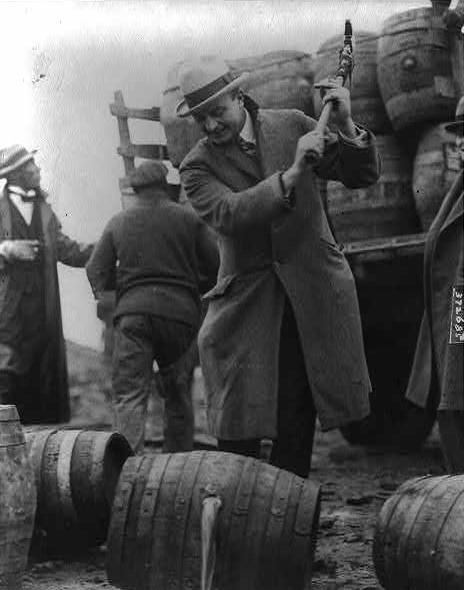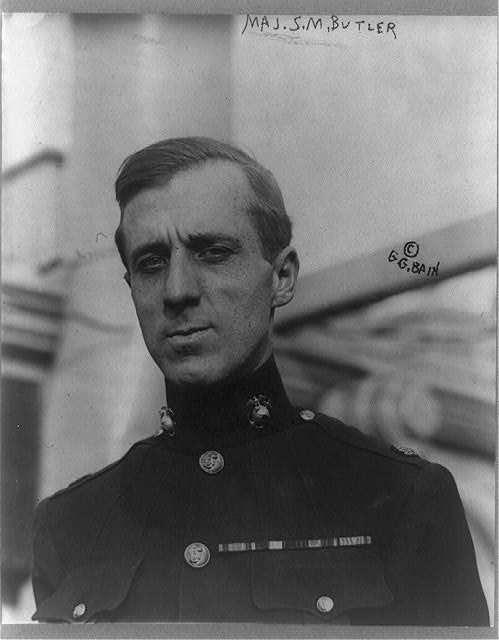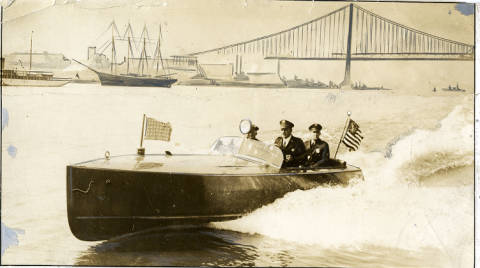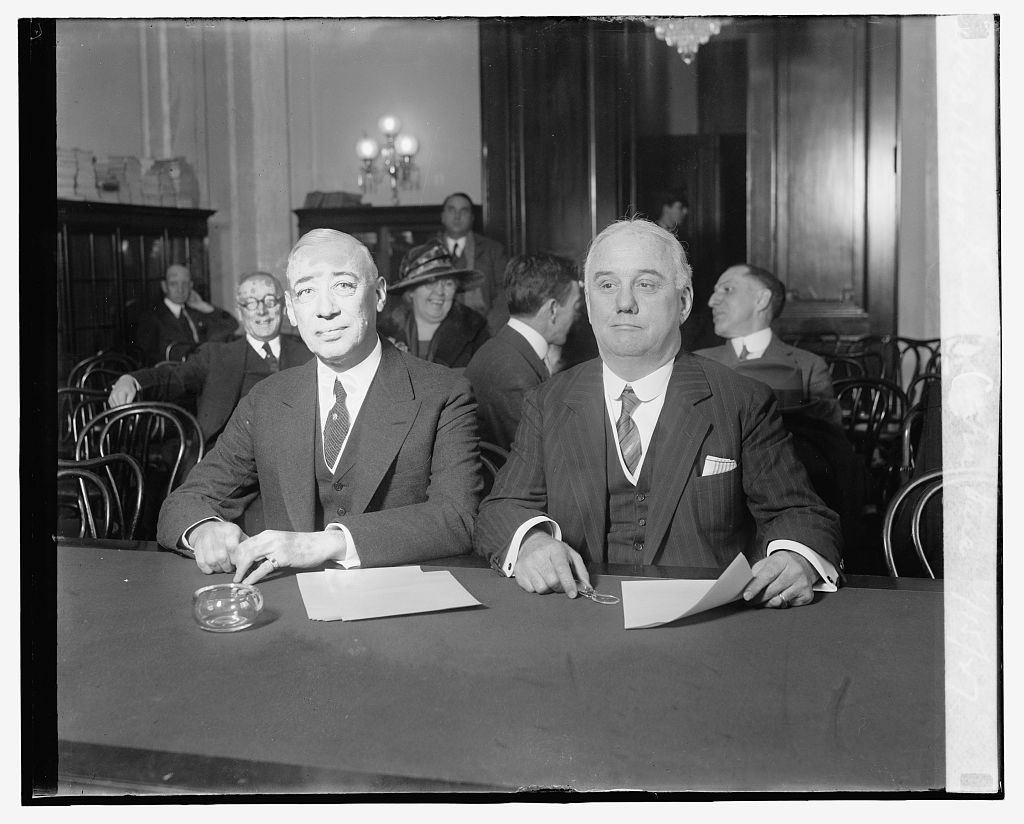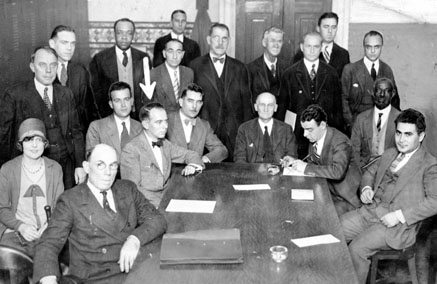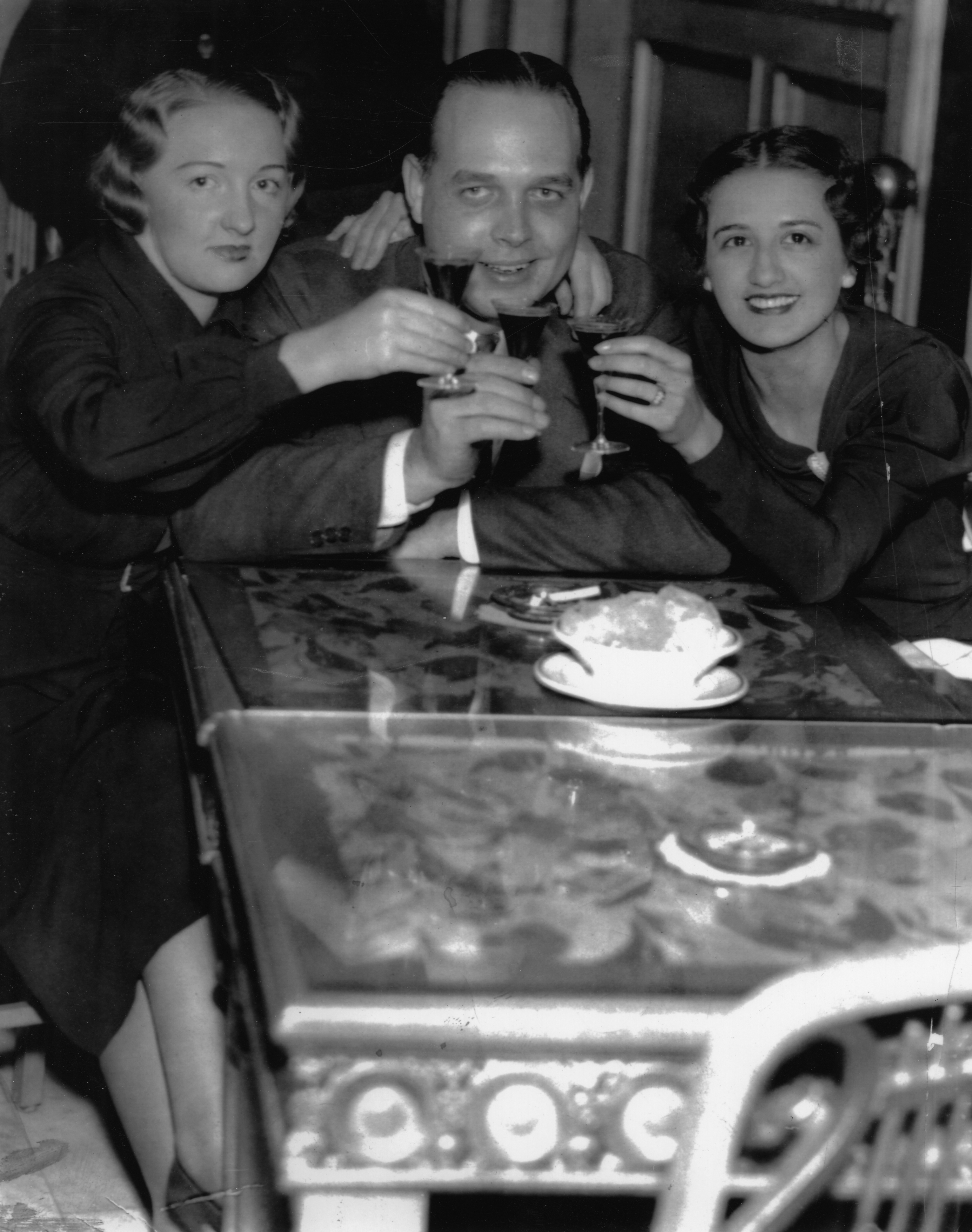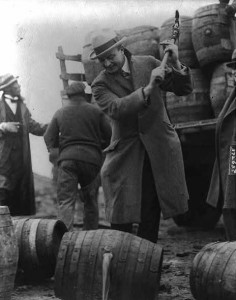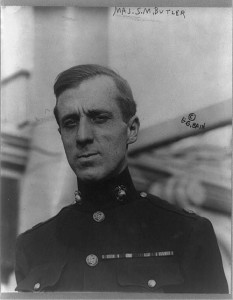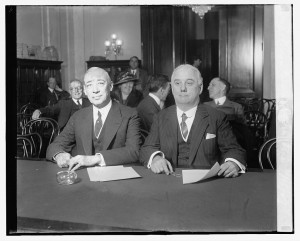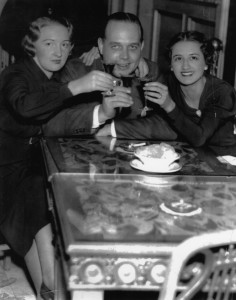Prohibition
Essay
Despite the national prohibition of alcohol from 1920 to 1933, Philadelphia earned a reputation rivaling Chicago, Detroit, and New York City as a liquor-saturated municipality. The Literary Digest described Pennsylvania as a “bootlegger’s Elysium,” with every city as “wet as the Atlantic Ocean.” The Quaker City in particular was singled out, by newspapers from New Haven to Newark, as one of the wettest and wickedest cities in the United States. Philadelphia and Atlantic City, New Jersey, a seaside resort town that served as a major port of entry for illegal liquor, were considered “open towns” during Prohibition—open in their defiance of liquor laws.
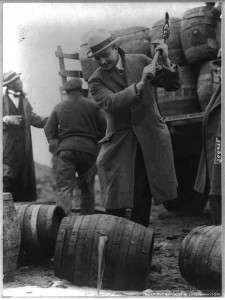
Prohibition began in 1919 with the passage of the Eighteenth Amendment, which made the production, transportation, and sale of alcohol illegal. Although the Eighteenth Amendment took effect nationally in 1920, several states enacted prohibition before then, including Delaware on March 18, 1918, and Pennsylvania on February 25, 1919. New Jersey ratified the Eighteenth Amendment on March 9, 1922. A confluence of social forces brought Prohibition to the national stage after nearly a century of Protestant criticism aimed at the supposed moral laxity induced by alcohol. In the early 1900s, the United States saw a rise in xenophobia against immigrants whom nativists associated with alcohol—especially those of Irish and German descent. Factions of the women’s suffrage movement propped up their claims to full citizenship by proclaiming a distinctly feminine moral authority, guided by temperance. Advocates of clean government and clean living argued that the elimination of the saloon would promote moral character and curtail the power that political bosses held. Prohibition encapsulated the Progressive Era’s impulse toward reform.
Though drinking moved underground with the introduction of Prohibition, Philadelphians actually had more saloons and watering holes to choose from after the law was enacted. The supposed abolition of bars and liquor dispensaries allowed for the emergence of a black market economy regulated only by bootleggers. Journalists reported that Pennsylvania’s largest cities, including Pittsburgh, Harrisburg, and Scranton, showed no pretense of obeying the Prohibition laws. Philadelphia, meanwhile, was the worst Prohibition violator in the Commonwealth, allowing its citizens considerable ease and freedom to obtain intoxicating beverages. Philadelphia had long been one of the nation’s leading beer brewing capitals. Though some breweries switched to making “near beer” (a malt beverage with an alcohol content of less than 0.5%) and soft drinks during Prohibition, many continued brewing beer. Philadelphia police suspected and pounced on the illegal activity. Vice raids on dozens of brewers—including Esslinger & Son, Finkenauer Brewing Co., Liebert & Obert, Roehm Brewing Co., and Philadelphia Brewing Co.—turned up high-powered beer. Most Philadelphia breweries failed or were padlocked out of existence by the early 1930s. A city of nearly 100 breweries in the 1880s, Philadelphia had just 10 licensed breweries when Prohibition ended in 1933.
A Cyclical Pattern of Corruption
A city of two million residents, Philadelphia accommodated as many as 16,000 speakeasies during Prohibition. City officials, public servants, bootleggers, and consumers contributed to a cyclical pattern of corruption around the management and distribution of vice. Long before Prohibition, the Republican political machine used the police as a central tool in maintaining control over the city’s various districts. Philadelphia police officers, many taking bribes from bootleggers, prostitution houses, and other illegal entities, contributed to corrupt ward politicians who hand-picked police captains and provided job protection. One policeman estimated that politicians took one day’s pay per month from each of the 7,000 men employed as police officers and firefighters. While Prohibition did not invent corruption among political and law enforcement entities in Philadelphia, it exacerbated established patterns of misconduct. As the 1920s wore on, bootlegging gangs wreaked violent havoc on the city, while officials took a cut of their profits. In describing the Quaker City’s entrenched machine politics and lax law enforcement, journalists resurrected the nickname “corrupt and contented,” first used by Lincoln Steffens in 1903.
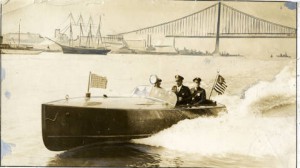
Philadelphia received help from the federal government twice in the 1920s to combat its Prohibition-fueled crime problem. The first intervention involved the appointment of General Smedley Butler (1881-1940), a decorated Marine, as director of public safety—the equivalent of police commissioner—in 1924. While running for mayor in 1923, Freeland Kendrick (1874-1953) pleaded with President Calvin Coolidge to release Butler from the Marine Corps to Philadelphia. Coolidge complied, and Butler, originally from West Chester, Pennsylvania, arrived in January 1924 with a mandate to clean up the vice-ridden city. Over the course of Butler’s first year in Philadelphia, police closed more than 2,500 speakeasies, compared to just 220 the previous year. While raids and arrests increased during Butler’s tenure, liquor law violators saw few repercussions. In 1925, of the 10,000 individuals arrested on the charge of conducting a speakeasy, only a few hundred were punished with more than a light fine.
Despite—and perhaps because of—Butler’s tenacity in pursuing Prohibition violators, he immediately clashed with Kendrick and the Republican political machine, including South Philadelphia ward boss William Vare (1867-1934). Butler left his post as director of public safety in December 1925. Many observed that his honesty and zealous commitment to enforcing Prohibition contributed to his speedy exit from Philadelphia. Upon his departure, Butler called Philadelphia the “cesspool” of Pennsylvania, and implored Quaker City citizens to demand honesty from their politicians.
A Crime Crescendo in 1928
Gangland murders, as well as Philadelphians’ continued disregard for liquor laws, reached a breaking point in the summer of 1928. Judge Edwin O. Lewis (1879-1974) charged the Special August Grand Jury with investigating organized bootlegging syndicates, gang violence, and police corruption. Investigators and journalists attributed twenty deaths in the year preceding the inquiry to bootlegging gangs vying for territory. Once again, the federal government intervened to help Philadelphia with its Prohibition-fueled crime problem. Prohibition officials in Washington ordered a unit of the Internal Revenue Service’s intelligence department to Philadelphia to aid the investigation.
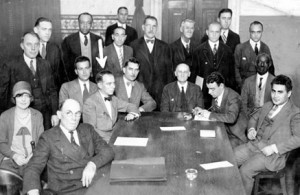
The grand jury revealed that hundreds of police officers received bribes for protecting bootlegging operations and illegal taverns. Twenty-four high-ranking police officers, each paid $1,500 to $2,500 in an annual salary, had accumulated $750,000 in assets amongst them. The grand jury’s final report found 138 police officers unfit for service, but failed to garner any indictments against the city’s organized bootlegging outfits.
Prohibition—like the prominent 1928 investigation initiated to curtail bootlegging, payoffs, and violence—proved a failure in Philadelphia, costly in financial and political terms, but also in human lives. One Philadelphia coroner noted that every day ten to twelve deaths from poison liquor, including denatured industrial alcohol improperly distilled, came to his attention. Still more deaths, including untold unreported or unsolved murders, resulted from the violence that sprang up between warring bootleg factions.
A Widespread Disregard of Prohibition
Philadelphians, like many Americans, disregarded Prohibition en masse. Despite the federal mandate, residents of the Quaker City continued to consume alcohol (legal), thereby spurring its production, transportation, and sale (all illegal). In the working class saloons of Brewerytown and Kensington, and the ritzy hotels dotting Center City’s Broad Street, Philadelphians of divergent classes saw alcohol as social ritual and social fabric. Many advocates for repeal argued that this widespread lawlessness undermined American values, creating a nation of hypocrites. Other critics of Prohibition observed that a multitude of organized crime networks sprung up to control bootlegging, creating a dangerous black market business. Still others exposed Prohibition’s financial failings, an argument that gained potency after the stock market crash of 1929. Prohibition was costly to enforce, and the government lost millions—if not billions—of dollars in liquor tax revenue. Organizations such as the Association Against the Prohibition Amendment, which counted several members of the wealthy Delaware Valley du Pont family as its leaders, worked to defeat Prohibition. With the passage of the Twenty-First Amendment in 1933, the Eighteenth Amendment mandating Prohibition was repealed.
Liquor laws in Pennsylvania—as well as a slew of South Jersey towns—harken back to an earlier era when temperance advocates held public office. Pennsylvania Governor Gifford Pinchot, a reform-minded “dry” politician, created the Pennsylvania Liquor Control Board days before Prohibition ended so that the state would retain some control over the sale and distribution of liquor. Little has changed since Pinchot’s action; Pennsylvania is one of two states (the other is Utah) in which liquor is sold only in state-run stores. Though private retailers may sell beer, the state regulates when, where, and how much. Attempts to privatize liquor sales have met with a measure of popular and political support. However, resistance from the United Food and Commercial Workers’ Union, which represents liquor store clerks, and legislative gridlock have swiftly dissolved these efforts.
Annie Anderson is the senior research and public programming specialist at Eastern State Penitentiary and the co-author, with John Binder, of Philadelphia Organized Crime in the 1920s and 1930s (Arcadia Publishing, 2014). She received her M.A. in American Studies from the University of Massachusetts-Boston.
Copyright 2015, Rutgers University
Gallery
Backgrounders
Connecting Headlines with History
- Prohibition left lasting mark on national identity (WHYY, September 30, 2011)
- Constitution Center to focus on 'American Spirits,' the Prohibition years (WHYY, July 31, 2012)
- Could Pa. liquor privatization reignite this year? (WHYY, October 5, 2013)
- Pa. State Police don't care if you're a bootlegger (WHYY, September 3, 2014)
Links
- Potable Power: Delaware Valley Bootlegging During Prohibition (Temple University Libraries)
- Beer and Brewing History at Hagley Museum and Library
- Brewed in Philly (Free Library of Philadelphia)
- A Saint Guided By Spirits (Hidden City Philadelphia)
- Ground Zero for Philadelphia Beer (The PhillyHistory Blog)
- American Spirits: The Rise and Fall of Prohibition (National Constitution Center)
- Indomitable Spirits: Prohibition in the United States (Exhibit, Digital Public Library of America)
- Renovations in Bella Vista Reveal Barber Supply and Bootlegging Biz (Hidden City)
